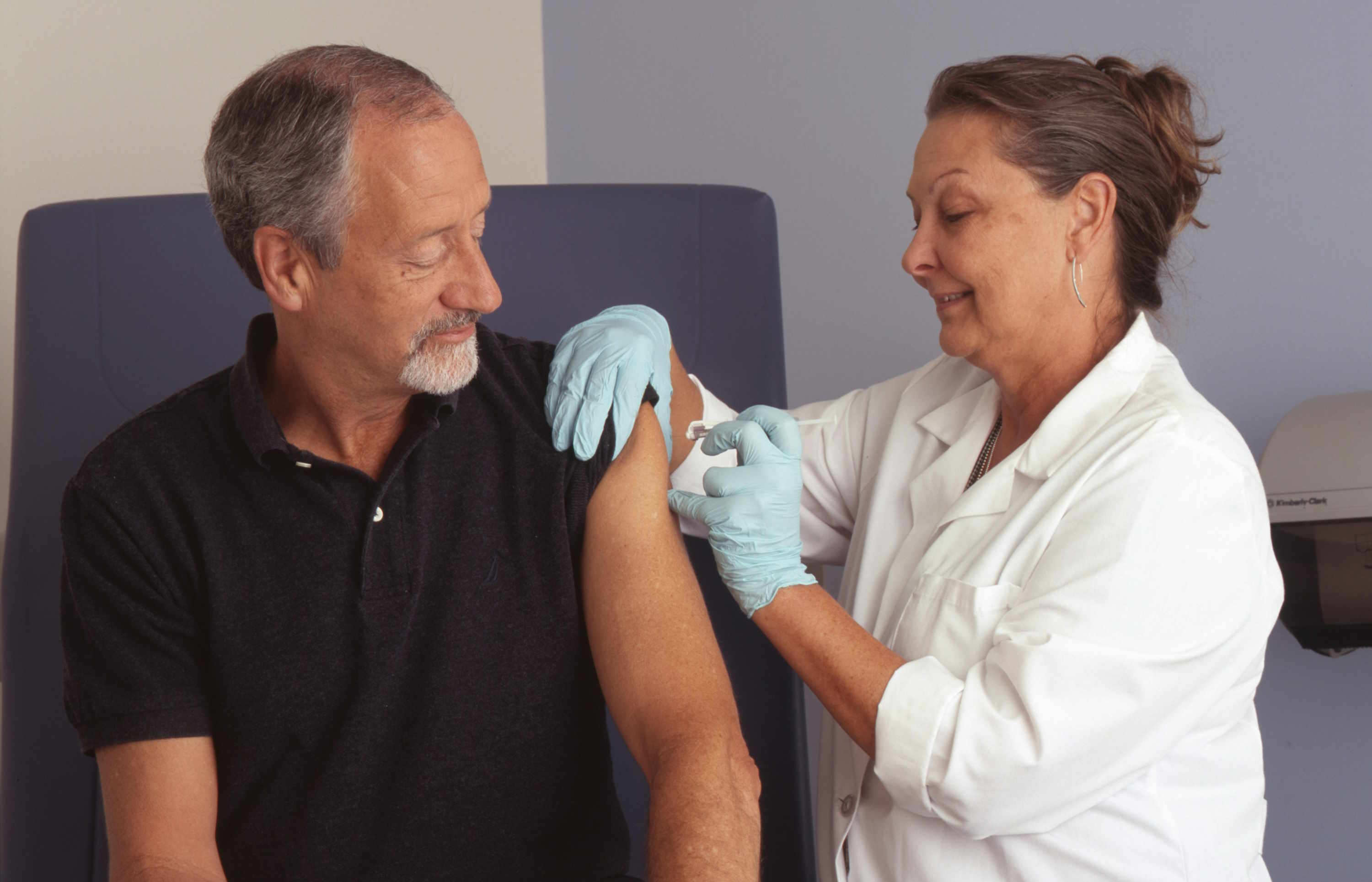Leg Blood Clots: Symptoms, Causes, and When to Seek Help
Leg blood clots, medically known as deep vein thrombosis (DVT), are serious medical conditions that occur when a blood clot forms in one or more deep veins in your body, typically in the legs. These clots can be dangerous if they break loose and travel through your bloodstream to your lungs, causing a potentially life-threatening condition called pulmonary embolism. Understanding the symptoms, causes, and proper management of leg blood clots is crucial for early detection and effective treatment, potentially saving lives in the process.

Understanding Leg Blood Clots – A Complete Guide to Awareness
Leg blood clots develop when blood thickens and clumps together in a vein. While blood clotting is a necessary process that prevents excessive bleeding when you’re injured, clots that form in deep veins can obstruct blood flow and cause serious complications. Deep vein thrombosis most commonly affects the large veins in the lower leg and thigh but can develop in other parts of the body as well. The most concerning aspect of DVT is the potential for a piece of the clot to break off and travel through the bloodstream to the lungs, resulting in a pulmonary embolism that can be fatal if not treated promptly.
Risk factors for developing leg blood clots include prolonged immobility (such as during long flights or bed rest), recent surgery or injury, pregnancy, certain medications like birth control pills or hormone replacement therapy, obesity, smoking, and genetic factors that affect blood clotting. Additionally, people over the age of 60, those with a personal or family history of DVT, and individuals with certain chronic health conditions like heart disease or cancer face an increased risk.
How Leg Blood Clots Are Detected and Managed
Detecting leg blood clots often begins with recognizing the symptoms and seeking timely medical attention. Healthcare providers typically use several diagnostic tools to confirm the presence of DVT. The most common diagnostic method is duplex ultrasound, which uses sound waves to create images of blood flowing through veins. This non-invasive procedure can reveal blood clots and determine if blood flow is reduced or blocked.
In some cases, additional tests may be necessary, such as:
-
D-dimer blood test: Measures a substance released when a blood clot dissolves
-
Venography: Uses contrast dye and X-rays to produce images of veins
-
MRI or CT scans: Provide detailed images of veins and surrounding tissues
-
Plethysmography: Measures changes in blood volume in the legs
Once diagnosed, treatment typically focuses on preventing the clot from growing or breaking loose, reducing the risk of pulmonary embolism, and minimizing the chance of developing another DVT. Treatment options include:
-
Blood thinners (anticoagulants): Medications like heparin and warfarin that reduce blood’s ability to clot
-
Thrombolytics: Clot-dissolving drugs for severe cases
-
Filters: Placed in the vena cava to catch clots before they reach the lungs
-
Compression stockings: Help reduce swelling and prevent blood pooling
Leg Blood Clots Explained – Risks, Early Signs, Causes and Medical Care
Early recognition of leg blood clots is vital for prompt treatment and preventing complications. The most common symptoms include:
-
Swelling in the affected leg, rarely in both legs
-
Pain that often starts in the calf and feels like cramping or soreness
-
Red or discolored skin on the leg
-
A feeling of warmth in the affected area
-
Enlarged veins near the surface of the skin
It’s important to note that nearly half of all DVT cases occur without noticeable symptoms, which is why understanding risk factors is crucial. Sometimes the first sign of a problem might be symptoms of a pulmonary embolism, including sudden shortness of breath, chest pain that worsens with deep breathing, rapid pulse, and feeling lightheaded or dizzy.
When symptoms do appear, they may develop slowly over time or occur suddenly. Medical care should be sought immediately if you experience signs of DVT or pulmonary embolism, especially if you have risk factors for blood clots. Emergency medical attention is necessary if you develop signs of pulmonary embolism.
Understanding the Link Between Leg Pain and Blood Clots
While leg pain can result from various conditions ranging from muscle strains to arthritis, distinguishing between ordinary leg pain and pain caused by blood clots is critical. Pain associated with DVT tends to have specific characteristics:
-
It typically occurs in one leg only (rarely both)
-
Is often described as a cramp or charley horse
-
May be accompanied by swelling, redness, and warmth
-
Often worsens when standing or walking
-
Doesn’t improve with rest or pain relievers like other types of leg pain might
Not all leg pain indicates a blood clot, but certain combinations of symptoms warrant immediate medical attention. For instance, unexplained swelling in one leg accompanied by pain, especially with redness or warmth, should prompt a medical evaluation.
Prevention is always preferable to treatment. Strategies to reduce the risk of developing leg blood clots include regular physical activity, maintaining a healthy weight, avoiding prolonged immobility, staying hydrated, and discussing risk factors with healthcare providers. When traveling long distances, take breaks to walk around, exercise your legs while seated, wear loose-fitting clothes, and consider compression stockings if recommended by your doctor.
This article is for informational purposes only and should not be considered medical advice. Please consult a qualified healthcare professional for personalized guidance and treatment.




